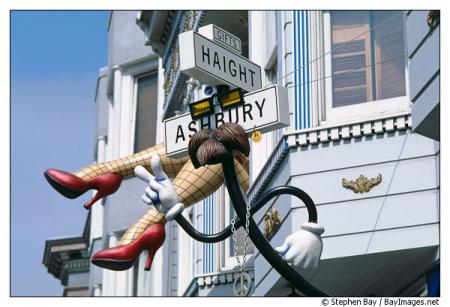Serendip is an independent site partnering with faculty at multiple colleges and universities around the world. Happy exploring!
"Let's go to the city!"

Every week during the Summer of 2012, Daniel would text me, “Let’s go into the city.” It was always spur of the moment. Immediately, we would bike to the train station and wait for the soonest train. Once it arrived, we would sit down and begin to discuss almost everything, from poetry to politics. Yet, there were two things we never spoke of: the city and what we would do in it. We did not talk about the city because its diversity gave us a variety of topics to consider; it was the place where events occurred, without being an event itself. Furthermore, we never proposed an activity because it would ruin the spontaneity we sought.
In my opinion, the phrase “Let’s go into the city,” is significant. Just this morning at breakfast, my friend said the same words to me. I immediately agreed. But, if my friend or Daniel recommended that we got to Safeway, I would probably say, “OK! Why?” Going to the city (unlike driving to Safeway) does not need an explanation or a plan: two things that have very different implications. The idea of “the city” alone appeals to us so we never need a reason to go. Simultaneously, the security that a plan gave us seemed unnecessary; the thought of “the city” is a fun and innocuous one.
I believe that this is because of the nature of the city. The city is a mix of things that we recognize and things we do not. Whenever we go into it, we see something familiar: a bookstore with a book we have read, a chain grocery store that we have seen before, or a face that bears an uncanny resemblance to an acquaintance. At the same time, the city is novel. The books, around the one we have read, have curious titles. Items in the grocery store are different and surprise us. We may recognize the person’s face, but their mannerisms are that of a stranger’s. It is the combination of familiarity and unfamiliarity that make the idea of “the city” exciting and harmless.
To me, a place is not a city if it has a certain number of buildings or people. A city is a city if it provides people with familiarity and unfamiliarity. More than a sense of safety, the familiarity of a city can help a person reinforce who they are. A person can, and often will, keep buying tried-and-true products, exposing themselves to the same influences, and participating in similar activities. However, with an array of people and a gamut of cultures, a city can also shape people. To clarify, one escapade into the city does not usually change a person’s beliefs, and some people who live in cities do not ever modify their perspectives. However, the city gives people the choice to change or stay the same.
Although I have never gone into the city and walked out a changed woman, I have learned things about myself from it. Being a nature-loving Californian, my first trip to San Francisco’s Angel Island reinforced my appreciation of hiking and the wilderness. The large trees and golden dry grasses reminded me that I need nature in my life and led me to actively pursue it. In contrast, other parts of San Francisco have altered my personality. For myself, and most people, I believe that middle school is a trying time; during this period of my life, I tried to gain confidence by gaining the appreciation of every living person. To accomplish this impossible feat, I became extremely kind and adaptable. The process dulled me. Soon, my opinions varied radically around different people, and my personality was almost nonexistent. Then, at the beginning of high school, my mother took me to San Francisco’s Haight-Ashbury district. When I went, I was shocked. Haight-Ashbury is full of life, freedom, and creative expression. If you live there and are not completely insane, you are so passionate and intense that you seem it. In reaction to Haight-Ashbury, I realized my loss of personality and chose to reconsider myself.
Although this atmosphere attracted me, I know that many people would shy away from Haight-Ashbury. Yet, its existence (which would have never come about without San Francisco’s multitude of people and cultures) is important. Those who go there may hate it, love it, or be entirely neutral. It may alter old perspectives and traits or support them. Still, it is important in its ability to propel self-discovery. This, therefore, is what helps me to define a city: the various places, full of familiarity and unfamiliarity, that enable people to define themselves.
Image: http://bayimages.net/view-photos/haight-ashbury-sign-san-francisco-139.html



